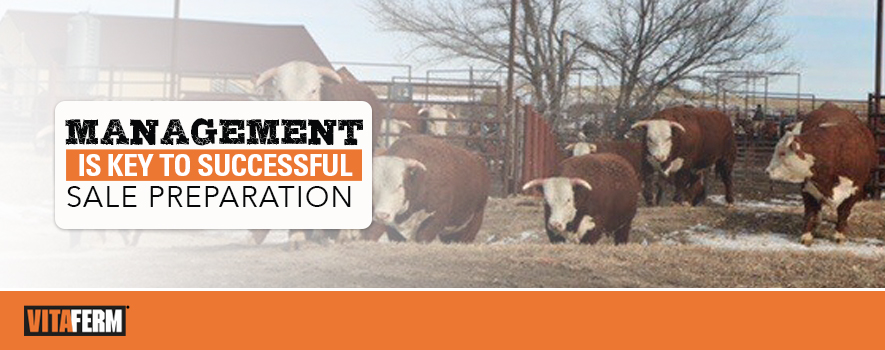
In the heart of the Nebraska Sandhills is a multi-breed, multi-generation cattle operation that will market nearly 1,000 head of cattle this calendar year. When asked how they manage their resources and market cattle that have found success in herds across the country, the answer was fairly simple.
“We just stick to the basics,” said Jason Hoffman, owner and manager at Hoffman Ranch at Thedford, Neb. “Monitor your cattle’s health, provide them with quality feed, good water and a good mineral program.”
Pasture Management
Jason is the second generation of the Hoffman family who relocated to the Sandhills from the lush, irrigated pastures of California a decade ago, with his wife Kaycee, and parents Denny and Dixie. The third generation, Jason and Kaycee’s kids, are being raised on the ranch and learning to care for the cattle and the horses. And along with that move, came some education in pasture management of the various native grasses they would find in the vast cattle country of Nebraska.
“There are more than 20 varieties of grasses in the Sandhills between warm season and cool season grasses,” Jason said. “Nothing is irrigated; no springs or fertilizing. It is all dependent on Mother Nature, pasture management and getting cattle on and off at the right times.”
Feeding Females
The Hoffmans will conduct their annual female sale in Sept. 24, selling more than 300 bred heifers and cows with heifer calf pregnancies, show heifer prospects and donor cows. Most all the females will have been run on pasture with VitaFerm® Concept•Aid® mineral tubs. The bred females will be fed distiller’s cake for additional bloom. The show heifer prospects will be freshly weaned, with quiet wean plugs, so they can stay on the pasture as long as possible to stay as healthy as possible. Those weaned heifers will be brought in and started on bagged feed about one week before the sale.
“We’ve been feeding VitaFerm products for a very long time. I remember we started feeding VitaFerm back in the 80s,” Jason said.
Bull Basics
The Hoffmans conduct their annual bull sale each February when they will sell 400 or more Hereford, Angus and Sim-Angus bulls. They offer both coming yearling and 2-year-old bulls to meet their customers’ needs. They also sell bulls private-treaty as they are available during the year.
The yearlings are kept in a bull-development lot from the time they are weaned until sale time and fed a high-roughage diet that consists of silage, chopped hay, wet distiller’s and corn. The older bulls are turned out in the summer, if the grass allows, to get more exercise and stay pasture ready. Then, in the fall, they are brought back into the bull grow lot and put on the same high-roughage ration as the younger bulls.
The Hoffman family offers free delivery to its bull customers in the U.S., and to keep the bulls healthy before they make those deliveries, they cut their diets back to a total roughage diet, make sure they are on a good mineral program, and treat them with Inforce 3, an intranasal spray for respiratory health.
Jason said their operation is also has an aggressive vaccination program; they don’t give too many vaccinations, but they do believe in giving vaccinations in a timely manner, which helps keep their sale cattle healthy for the new owners.
“Too many people try too hard, jump on new trends and end up blowing a lot of money. Stick to the basics and you can keep your cattle healthy,” he said.
To learn more about Hoffman Ranch, visit: https://www.hoffmanranch.com/.


